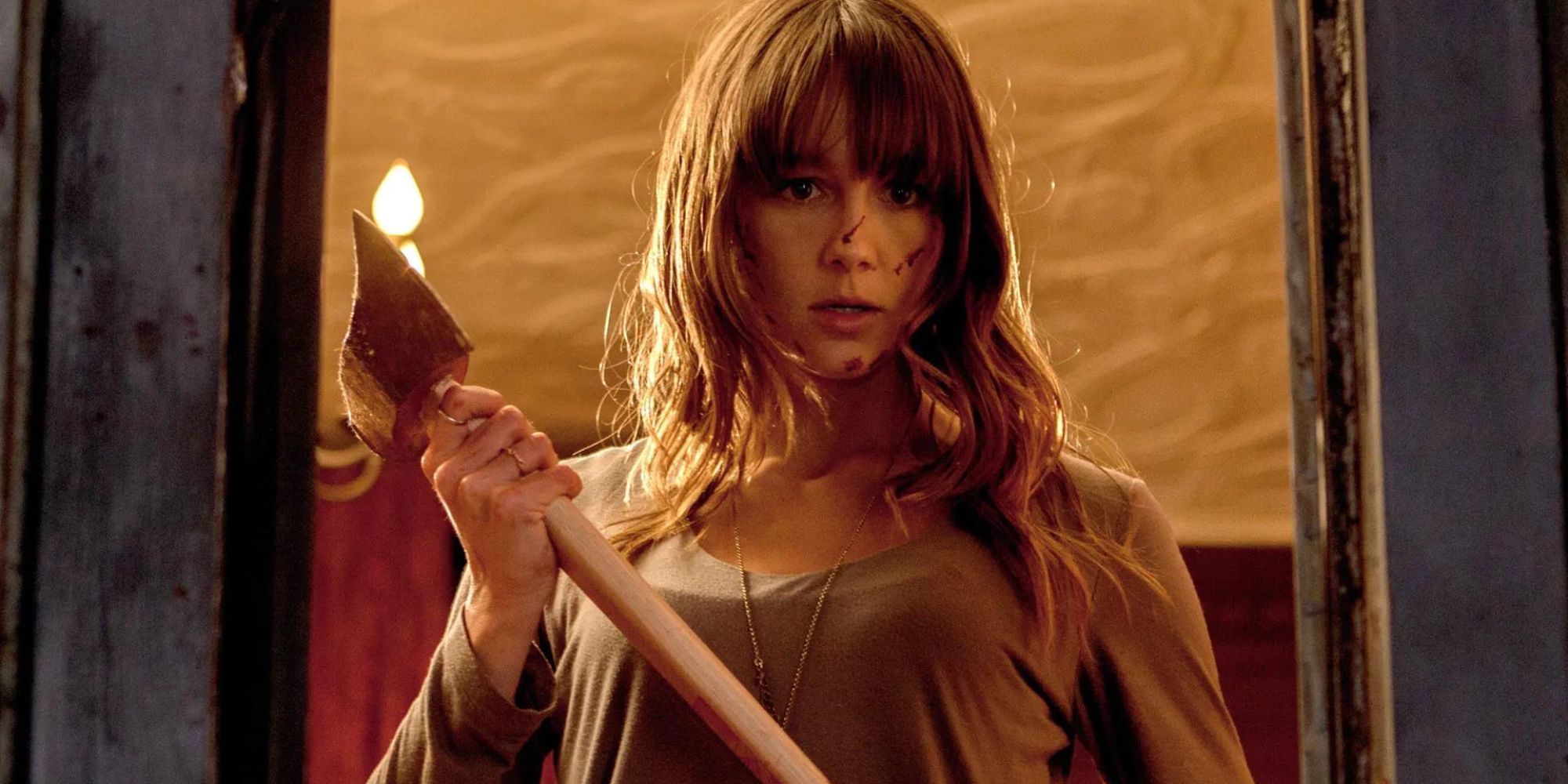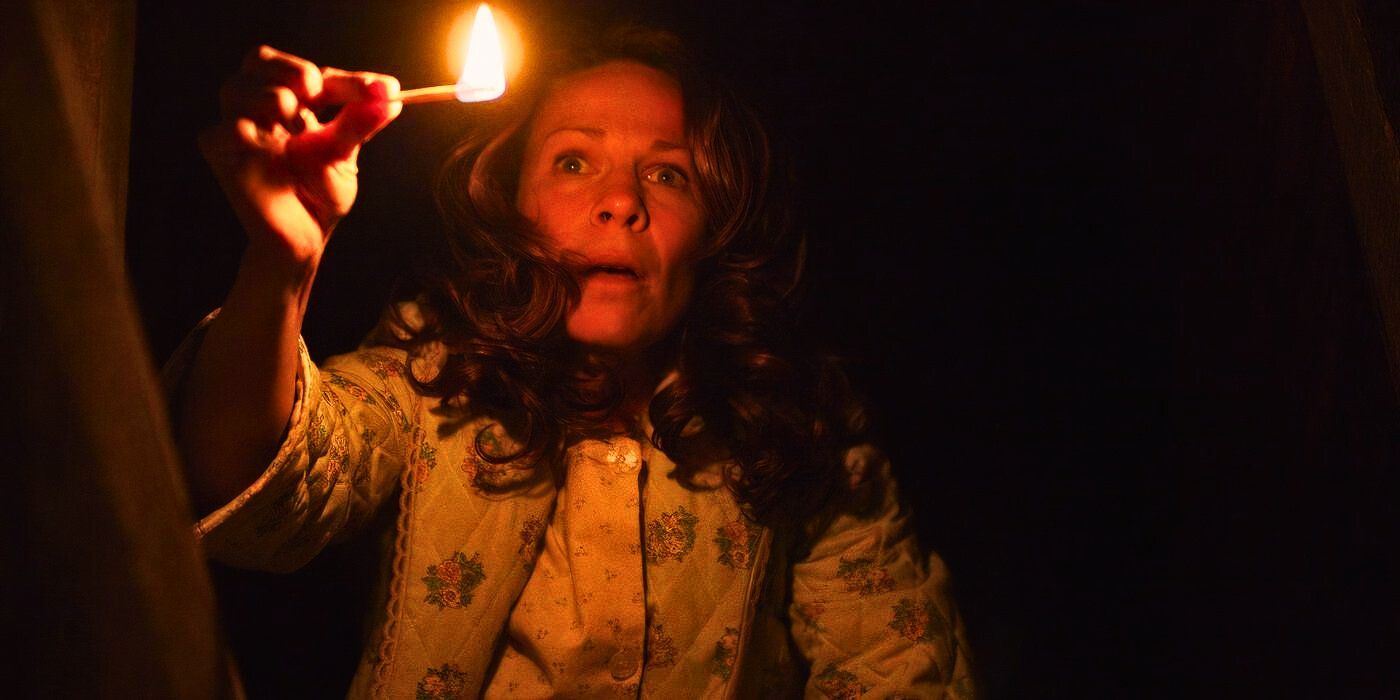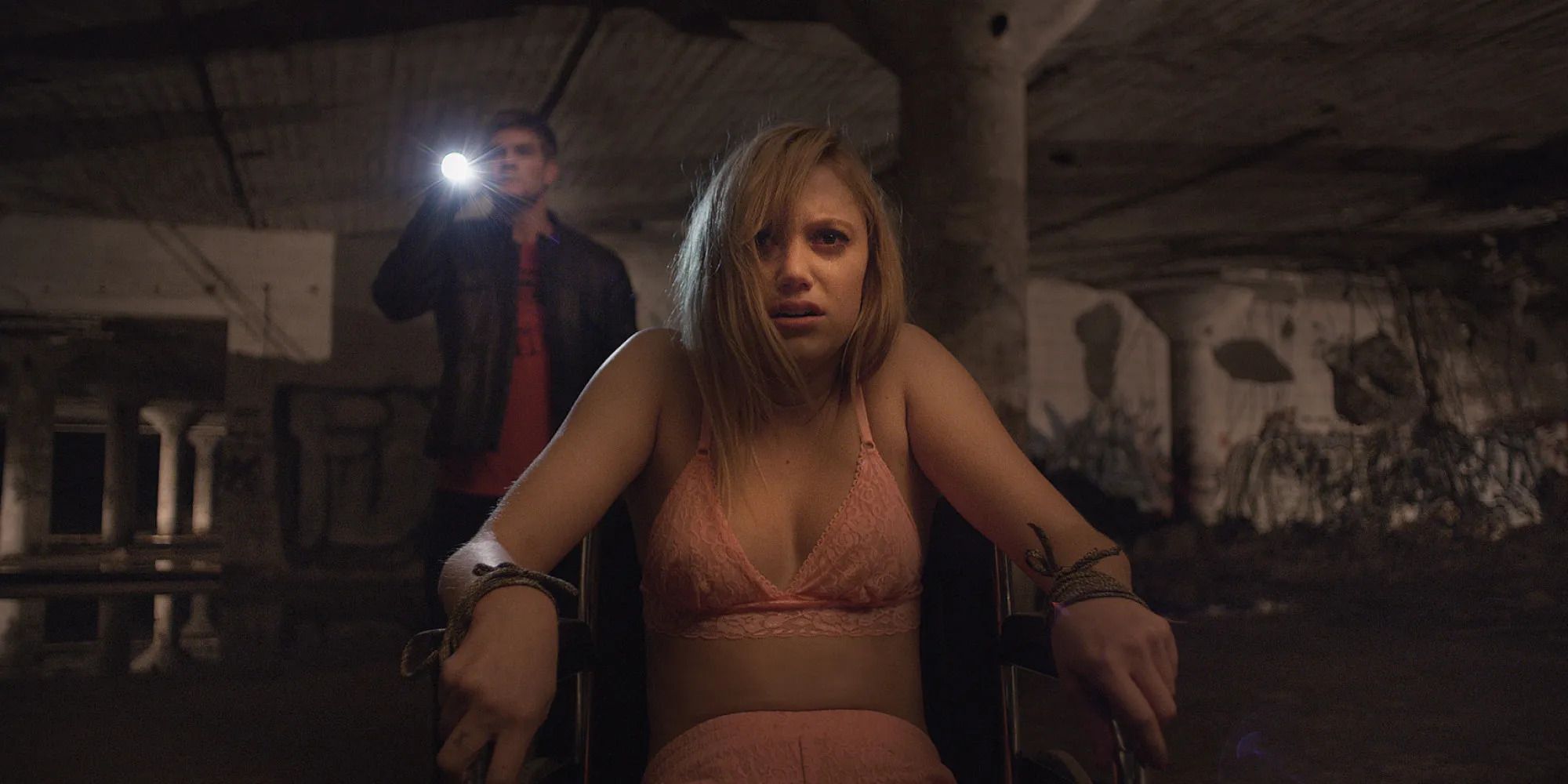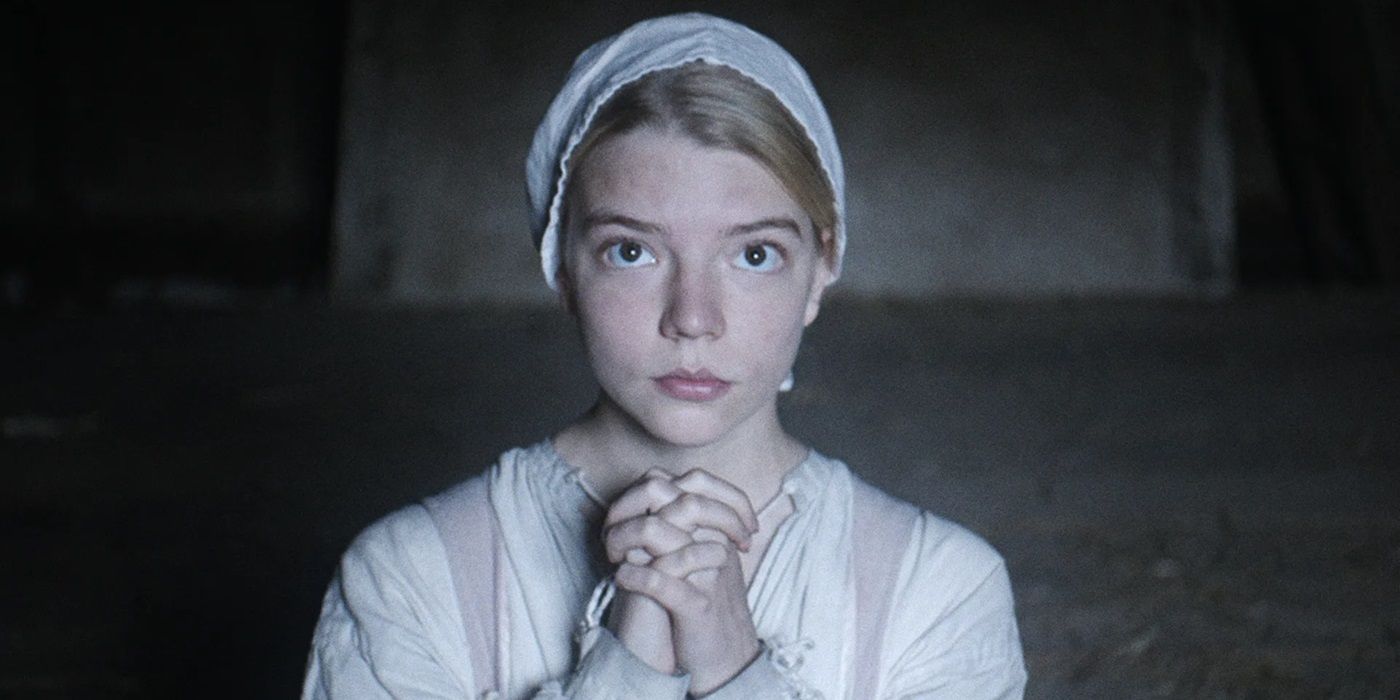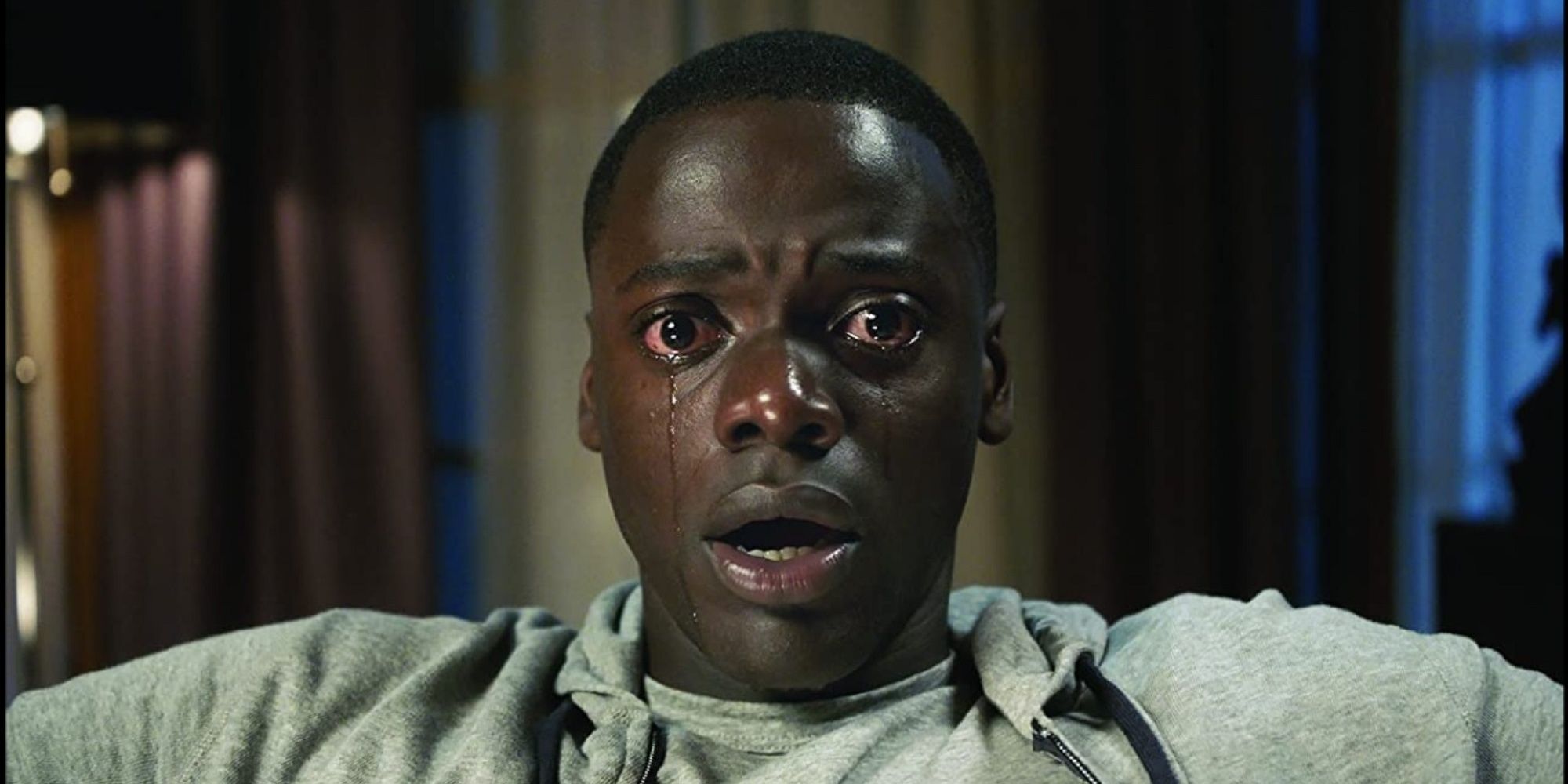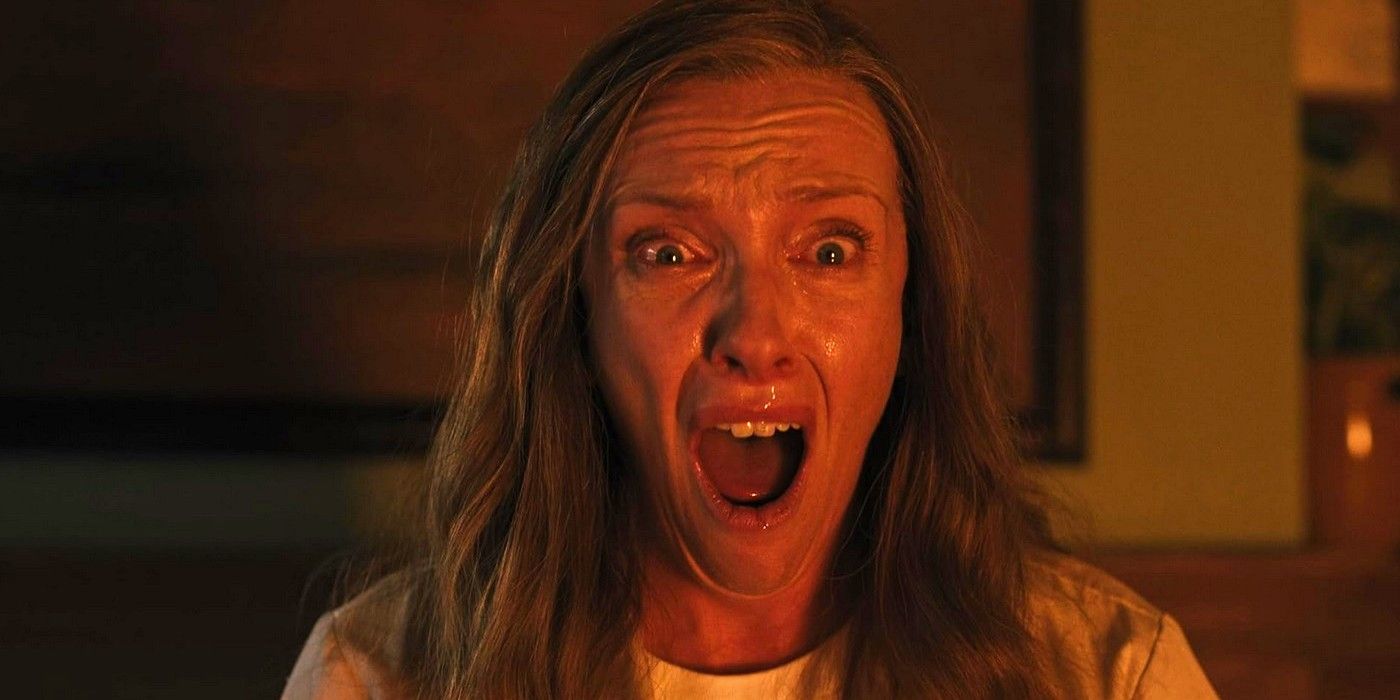The 2010s were a great decade for horror. There were still the requisite sequels, prequels and horror remakes getting churned out with force by studios small and large, but there was also the rise of so-called “elevated horror,” a term that has been used both deferentially and derisively by critics and audiences. Regardless of one’s tastes, there’s no doubting that the 2010s gave rise to a number of unique filmmaker voices that have added substantially to the horror genre.
Outside auteur-driven horror, there was still plenty of gnarly cinema to satisfy the hardcore fans as well. The decade had something to offer every fan, and every year there was an embarrassment of horror riches, making it difficult when deciding what to cut for a list of each year’s best. These may not be the best films in the eyes of every horror fan, since they represent one of the most wonderfully diverse fandoms in all pop culture, but there’s no denying that these ten movies made the 2010s one hell of a horrifying decade.
10
‘Black Swan’ (2010)
Directed by Darren Aronofsky
Already representing the wide spectrum of horror that would define the entire decade, 2010 saw the releases of several terrific remakes like Let Me In and The Crazies, the found-footage fantasy horror Troll Hunter, and the hillbilly slasher satire Tucker & Dale vs. Evil. All those films are worthy of their acclaim, but if there’s one that dominated the horror conversation, it’s Darren Aronofsky‘s psychologically terrifying Black Swan. Set in the demanding world of high-level ballet, the movie is a showcase for Natalie Portman, whose tenuous grasp on reality is pushed to its breaking point as she competes for the titular role in Swan Lake.
Visually arresting and impeccably performed, the film is a dark exploration of the depths some will go to in search of perfection. It wasn’t without its controversies, with some anime fans noting some startling similarities to Satoshi Kon‘s Perfect Blue and Portman’s dance double arguing her contributions to the film were being downplayed to favor Portman’s Oscar bid. How much credence one gives to either of those controversies, or even to the argument of how much the film qualifies as proper horror, is ultimately immaterial because it doesn’t diminish the unsettling power of Aronofsky’s film and Portman’s haunted performance, which did win the actress a well-deserved Academy Award.
9
‘You’re Next’ (2011)
Directed by Adam Wingard
Home invasions in movies have been fodder for horror for long enough that audiences have gotten savvy to the tropes. Director Adam Wingard’s You’re Next, which had its festival premiere in 2011 before getting a wide release in 2013, offers a clever addition to the subgenre by having a heroine who turns out to be far more capable than her would-be assailants. Sharni Vinson plays Erin, who has tagged along with her boyfriend to his family’s vacation home, which first brings an unhealthy helping of toxic family drama before killers in animal masks come knocking at the door. Lucky for Erin, and unlucky for her attackers, she has some serious survival skills, and she isn’t going down without a fight.
You’re Next has more than a few twists up its sleeve, but it never feels pretentious in its execution, keeping the grindhouse aspects to its violence as present as its genre awareness. Vinson makes for a terrific horror heroine, and the extended cast of hapless victims is filled out with some notable names in horror, including X director Ti West and independent provocateur Larry Fessenden. You’re Next is a thrilling addition to horror’s continued reinvention of the final girl, and it would make a terrific double feature with the similarly badass Ready or Not.
8
‘The Cabin in the Woods’ (2012)
Directed by Drew Goddard
Originally intended for a 2009 release but shelved for several years due to financial circumstances, The Cabin in the Woods is, from start to finish, one of the most entertaining horror movies ever made. Written by director Drew Goddard and Joss Whedon as a response to the extremism and “torture porn” trends that had taken hold of the horror genre in the 2000s, the movie is an homage to decades of horror, with the incredible final battle fitting in references to hundreds of villains and monsters.
The movie makes it clear from the start that things are not what they seem for the archetypal college kids who set out for a weekend in the titular classic horror setting, their movements tracked and manipulated by two technicians in a control room. That’s just the beginning of the metatextual twists that The Cabin in the Woods has up its sleeve, and its engagement and subversion of genre tropes is what makes it such a fun-filled delight for horror fans.
7
‘The Conjuring’ (2013)
Directed by James Wan
James Wan is one of the biggest names in modern horror, thanks to his hand in creating major franchises like Saw and Insidious. In 2013, he had a major horror hit that spawned an entire cinematic universe with The Conjuring. While the cinematic universe trend may have grown tiresome, and the franchise itself may have overstayed its welcome, the first film remains an effective throwback to cinematic ghost stories with old-school scares.
It focuses on the notorious real-life paranormal investigating team of Ed and Lorraine Warren, played by Patrick Wilson and Vera Farmiga, as they investigate the supposed genuine haunting of a family in Rhode Island. The Conjuring‘s basis in real supernatural events may be the purest kind of exaggerated hokum, but it makes for suitably spooky haunted house horror. The cast is great, and Wan had perfected the art of the scare by this point in his career.
6
‘The Babadook’ (2014)
Directed by Jennifer Kent
Grief horror — films that find their scares through allegories of grief and trauma — made up a major subsection of the genre throughout the 2010s, and their popularity can be traced back to one film: the Australian supernatural thriller The Babadook. Essie Davis gives a powerhouse performance as a widowed mother struggling to hold onto her sanity while raising her troublesome son. Things only get worse as the titular creature, a top-hat-wearing monster from a twisted children’s book, makes its way into their lives.
Using slow-burn suspense in favor of jump scares, Jennifer Kent makes effective use of a low budget and delivers one of the scariest films of the decade with an instantly iconic monster, which has since been embraced as a symbol for the LGBTQ+ community. The Babadook is effective as pure horror, an exploration of loss, and a powerful representation of the hell that is parenting.
5
‘It Follows’ (2015)
Directed by David Robert Mitchell
Featuring a killer original premise, It Follows puts a horrifying modern spin on curses. It features one that spreads through sexual intercourse, which causes a slow-moving entity, visible only to the afflicted, to follow and kill them, lest they spread the curse to someone else. From the terrifying opening kill to the haunting, ambiguous ending, the movie keeps the tension high throughout, thanks to its evil entity’s ability to look like anyone and everyone, turning every background actor into a potential threat.
Modern-day scream queen Maika Monroe leads the young cast of characters as they attempt to navigate the new, uncertain circumstances they find themselves in, and director David Robert Mitchell gives the film an anachronistic aesthetic that feels both modern and throwback at the same time, particularly in the synth-heavy soundtrack by musical artist Disasterpeace. It Follows became an instant cult classic, and its lasting popularity has led to a belated sequel currently in development.
4
‘The Witch’ (2016)
Directed by Robert Eggers
Newly minted master of horror Robert Eggers made a haunting, wicked film debut with the shocking folk horror The Witch. Set in the 1600s, New England, and following a family of Puritans as they are beset upon by satanic forces, the film builds its horror through an unimpeachable atmosphere, which includes a dedication to period-accurate dialogue and natural lighting.
Like some of the best of the horror genre, The Witch doesn’t go for out-loud scares but instead subtly digs under the skin with a terror that lingers for days after it ends. The film was also a considerable breakthrough for Anya Taylor-Joy, anchoring it as the young Thomasin, who finds her faith tested as more horrors begin to befall her pious family. Through heavy religious symbolism and shocking moments of violence, The Witch casts a dark spell over its audience and will put the fear of God into even the most devout agnostic.
3
‘Get Out’ (2017)
Directed by Jordan Peele
Coming out of sketch comedy, few would’ve expected Jordan Peele to become one of the biggest names in horror, but he did just that, beginning with his unforgettable debut Get Out. Inspired by the suburban horror satire The Stepford Wives and taking aim at liberal racism, Peele’s horror movie offered a terrifying snapshot of the Black experience in America that has only grown more relevant since its release.
Meeting his white girlfriend’s parents for the first time, Daniel Kaluuya‘s Chris ends up having to contend with far more than casual racism and micro-aggressions when he discovers they have far more nefarious plans for him. Peele’s background in comedy serves him well in his Academy Award-winning screenplay, which is an exemplary example of set-up and payoff, deftly using subtle foreshadowing and symbolism to elevate the horror that is inevitably unleashed in the third act. Peele has only continued to deliver on the promise of his first film and remains one of the biggest creative forces in modern horror.
2
‘Hereditary’ (2018)
Directed by Ari Aster
One of the biggest releases of 2018 was also one of the most upsetting, with Ari Aster‘s horrific take on familial drama, Hereditary, searing itself into the memories of everyone who made it through its domestic terrors. An Oscar-worthy Toni Collette stars as the matriarch of a family who seem to suffer tragedy after tragedy in some sort of cosmic cruelty, except that the truth behind their suffering is far more sinister.
The film begins like a typical domestic drama, with the family trying to cope in the wake of the loss of a grandmother, but after a shocking midfilm death, it spirals into a new level of horror that heads full speed toward its completely bonkers ending. Aster’s harrowing debut continued A24’s winning streak of high-class horror and remains one of the studio’s most affecting horror films. Today, not even a decade after its release, Hereditary is widely considered a modern horror classic and a true before-and-after for a genre that often thrives on seismic cinematic events.
1
‘Doctor Sleep’ (2019)
Directed by Mike Flanagan
2019 closed out a decade of terrific horror with possibly its best lineup. The year saw the sophomore scares from Aster, Eggers and Peele alongside new horror debuts like Saint Maud and Tigers Are Not Afraid, which finally reached American audiences thanks to streaming service Shudder. It would be a major oversight, however, not to highlight a contribution from Mike Flanagan, one of the biggest names in horror to rise to prominence in the 2010s. Flanagan had already made major contributions with Oculus, Hush and the Stephen King adaptation Gerald’s Game, but he took on his biggest challenge yet with another King project; Doctor Sleep, the big-budget sequel to The Shining.
Making an epic-sized follow-up to one of the greatest horror films of all time while trying to satisfy fans of both the film and the novel as well as King himself, who notoriously hated Stanley Kubrick‘s film for the deviations from his book, was always going to be a Herculean task, but for the most part Flanagan managed to pull it off. Doctor Sleep maintains an identity without feeling too indebted to its iconic predecessor. Even though the final act, which takes place back at the Overlook Hotel, veers a little too close to fan service territory, Flanagan makes it all count toward an emotionally resonant conclusion that pays homage to the original ending of King’s novel.


